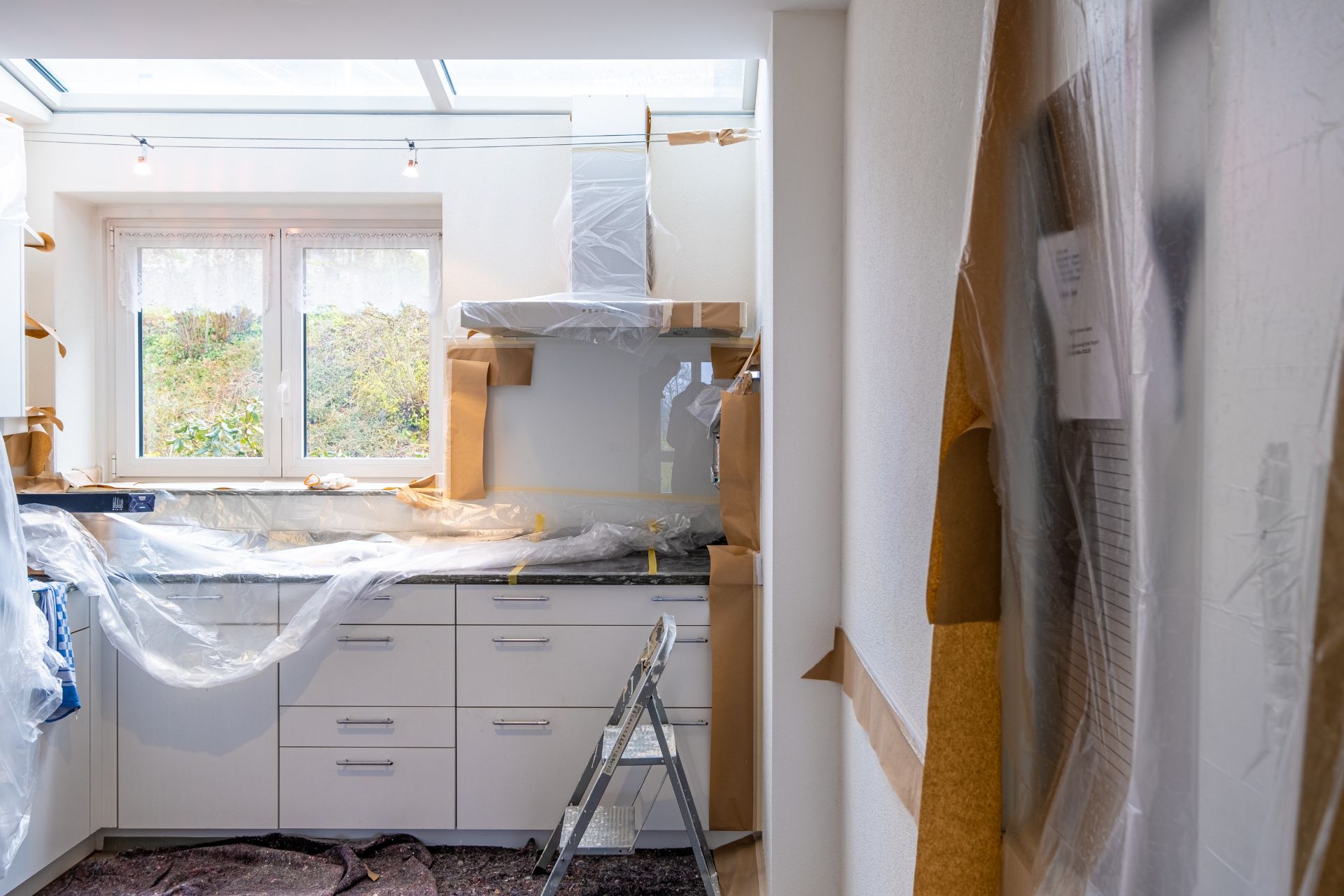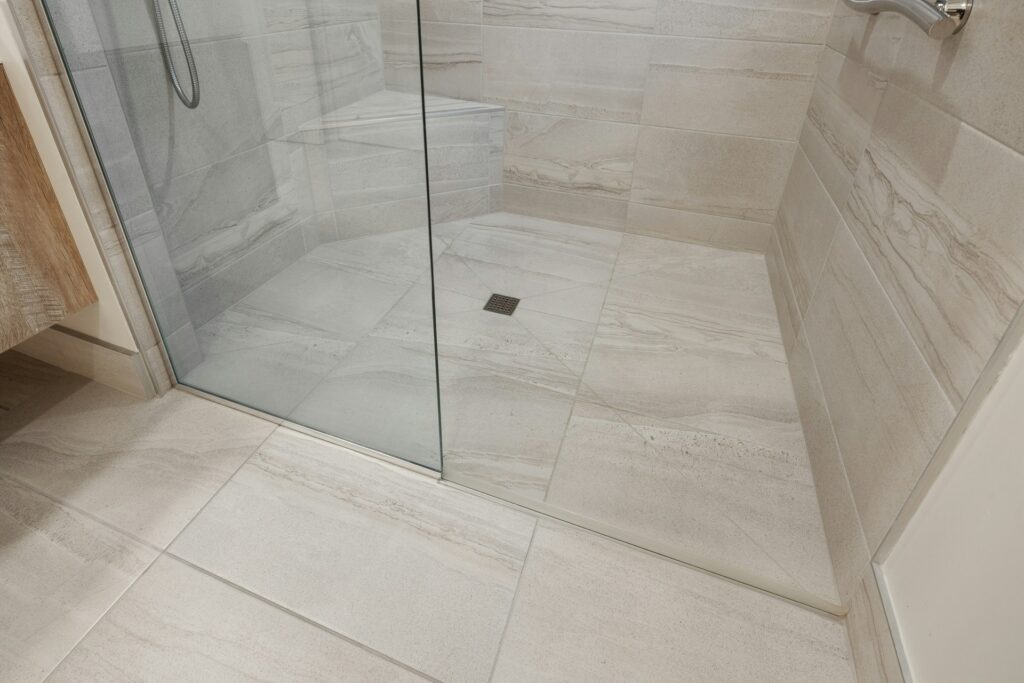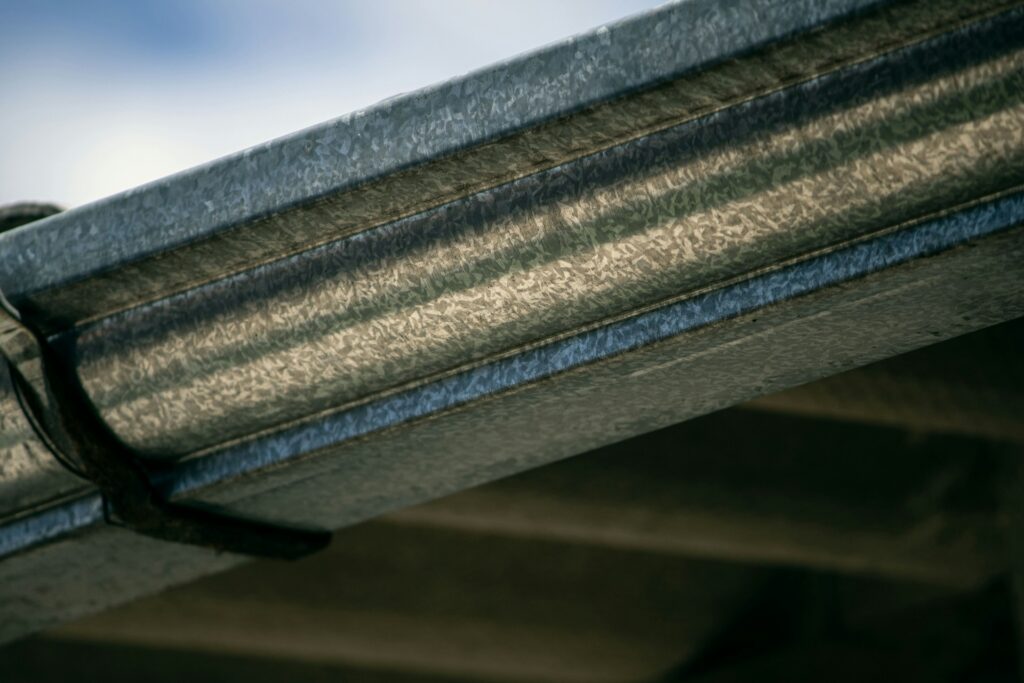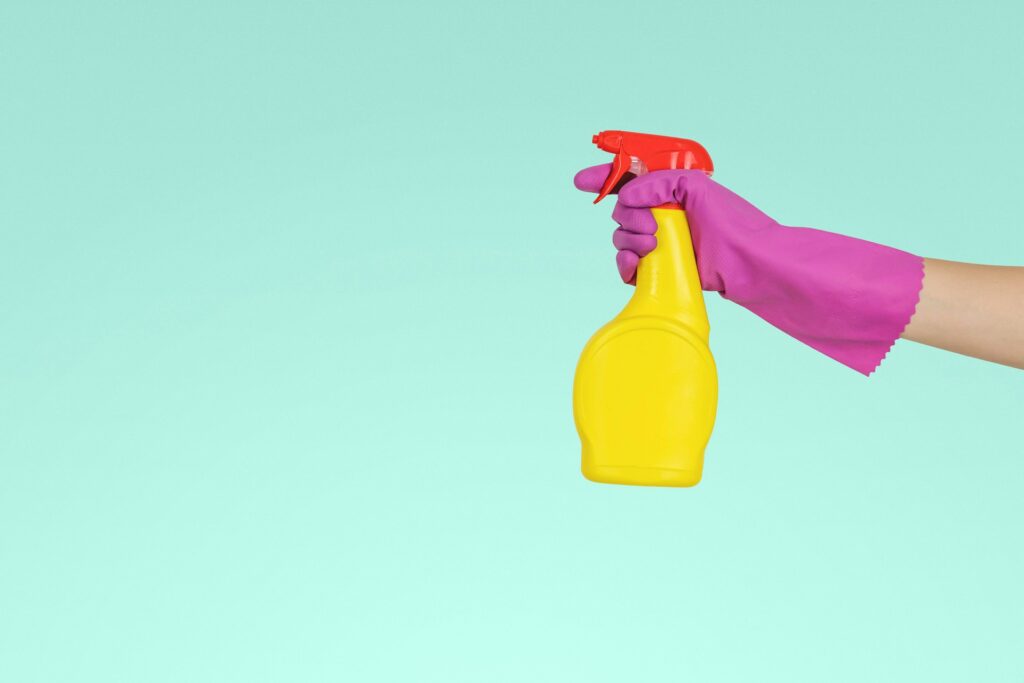
We are reader-supported. When you buy through links on our site, we may earn an affiliate commission.
Vinyl flooring can be a great option for homeowners. It’s inexpensive — costing between $0.50 to $4.50 per square footage — and simple to install. However, if you’re ready for an upgrade, you’ll need to know how to remove the flooring first.
Sometimes, you can install your new floors over vinyl flooring. Yet if you wish to remove it, this is a DIY job that most homeowners can handle.
Follow these steps to help guide you through removing vinyl flooring.
1. Prep for Removal
If your vinyl flooring was installed before the 1980s, it may be worth testing for asbestos before removing it. Asbestos includes fibrous minerals to strengthen materials and help it withstand heat.
This was a popular flooring option between 1960 and 1980 to improve vinyl flooring performance.
It may be best to have an asbestos removal service team test and remove your flooring since exposure to these fibers may be toxic and cause diseases when inhaled and trapped in the body.
These professionals may have the protection gear and tools necessary to remove the vinyl flooring safely.
2. Gather Necessary Tools and Materials
Once you’re sure the vinyl is asbestos-free, you can gather the relevant supplies and tools to remove your vinyl flooring effectively. Some tools and materials to get ready include:
- Gloves
- Goggles
- Dust mask
- Pry bar
- Utility knife
- 5-in-1 scraper tool
- Soap
- Broom
To maintain safety during removal, you may need to wear gloves, goggles and a dust mask. You can also use knee pads for better comfort while removing the flooring. The floor scraper and blades may do the most work throughout the process, so ensure your blade is sharp and opt for a scraper tool with a long handle for ease of use.
3. Clear the Area

Before you start removing vinyl flooring, clearing the area of furniture is the most important first step. Doing so will give you access to the site for work. Gloves, a dust mask and goggles may prevent harm from dust particles and sharp edges. You can also ensure proper ventilation by keeping doors and windows open to avoid inhaling harmful fumes.
After clearing the room of furniture, you’ll also need to remove quarter-round trim and baseboards. The flat end of a pry bar can gently remove these components. Mark the trim and baseboards with numbers while removing them in a clockwise direction for easy installation later.
Ensure you remove these pieces with caution, as you won’t want to cause damage when it’s time to reinstall them.
You can use a utility knife to cut through caulk, paint or sticky materials holding the baseboards down.
4. Start Cutting in the Middle
The easiest way to remove vinyl flooring is to start in the middle. Vinyl floors only have glue around the edges, meaning you may find an area with no glue underneath in the middle. It is best to begin in that area using a utility knife.
Start by cutting in a straight line across the vinyl floor. It’s best to cut the vinyl into 12-inch strips to make the task of removing it more manageable.
When removing the strips, you may encounter resistance from the glue. You can use a 5-in-1 scraper tool to loosen and pry the rest of the strip off.
5. Remove Glued Sections
Once you remove the vinyl flooring, you might still have adhesive lodged on the subfloor. Consider using warm water and soap, then apply it to the glue. Allow time for the mixture to soak, so it’s soft enough.
Once you find the glue has softened, you can begin removing it with the flat end of a pry bar and chip it away. As soon as you’ve released most of it, you can scrape the rest using the scraper tool.
Other methods of removing glue include using a hairdryer or heat gun to soften the glue. Although, stay mindful of the subfloor if it is wood.
Otherwise, you might use a solvent such as isopropyl alcohol, acetone or citrus-based cleaners to break down the adhesive. You can apply this with a cloth or sponge and let it soak in for a few minutes before using a scraper to lift the adhesive. Make sure to test the solvent on a small area to ensure it doesn’t damage the subfloor.
6. Dispose of the Old Flooring

After removing the vinyl floor, you can take the strips you’ve cut and fold them into an accordion style. Some flooring parts may require more force to snap them into a fold.
Depending on your area, you may be able to throw out the old floor in your household trash.
However, if this is unacceptable in your hometown, you can check the local ordinances on properly disposing of vinyl flooring. You may need to throw it out at a specialized waste disposal site for environmental purposes.
7. Clean Up the Area
After you’ve removed the vinyl floor, you can start sweeping the area with a broom or shop vac. Ensure you clean up all debris that litter the room. You want to be sure the zone you’re working on is ready to install new flooring.
8. Inspect the Floor for the Next Steps

Once the floor is clean, inspect the surface for any damage or irregularities like mold, dampness, holes or cracks before installing the new flooring.
Apply the right leveling compound to fix uneven areas and create a flat and smooth foundation. For example, a patching compound for fractures wider than ¼ inches may be a great permanent solution for concrete floors, while urethane caulk is a valuable temporary fix for concrete floor cracks smaller than ¼ inches.
You may then consider moisture protection, vapor retarders or additional cushioning options before the new vinyl flooring installation to prevent potential moisture issues or other damage that led you to remove your vinyl flooring. Areas like the basement with naturally high moisture levels may require these extra precautions to prevent future damage.
Remove Vinyl Flooring Successfully
Removing flooring may not always be an easy task. However, these steps are simple to follow — making it a great starter DIY project for homeowners.
Ensure you have all the supplies you need to remove the flooring. This will make this project easy the first time around.
Original Published Date 12/05/22 — Updated 01/17/2025







